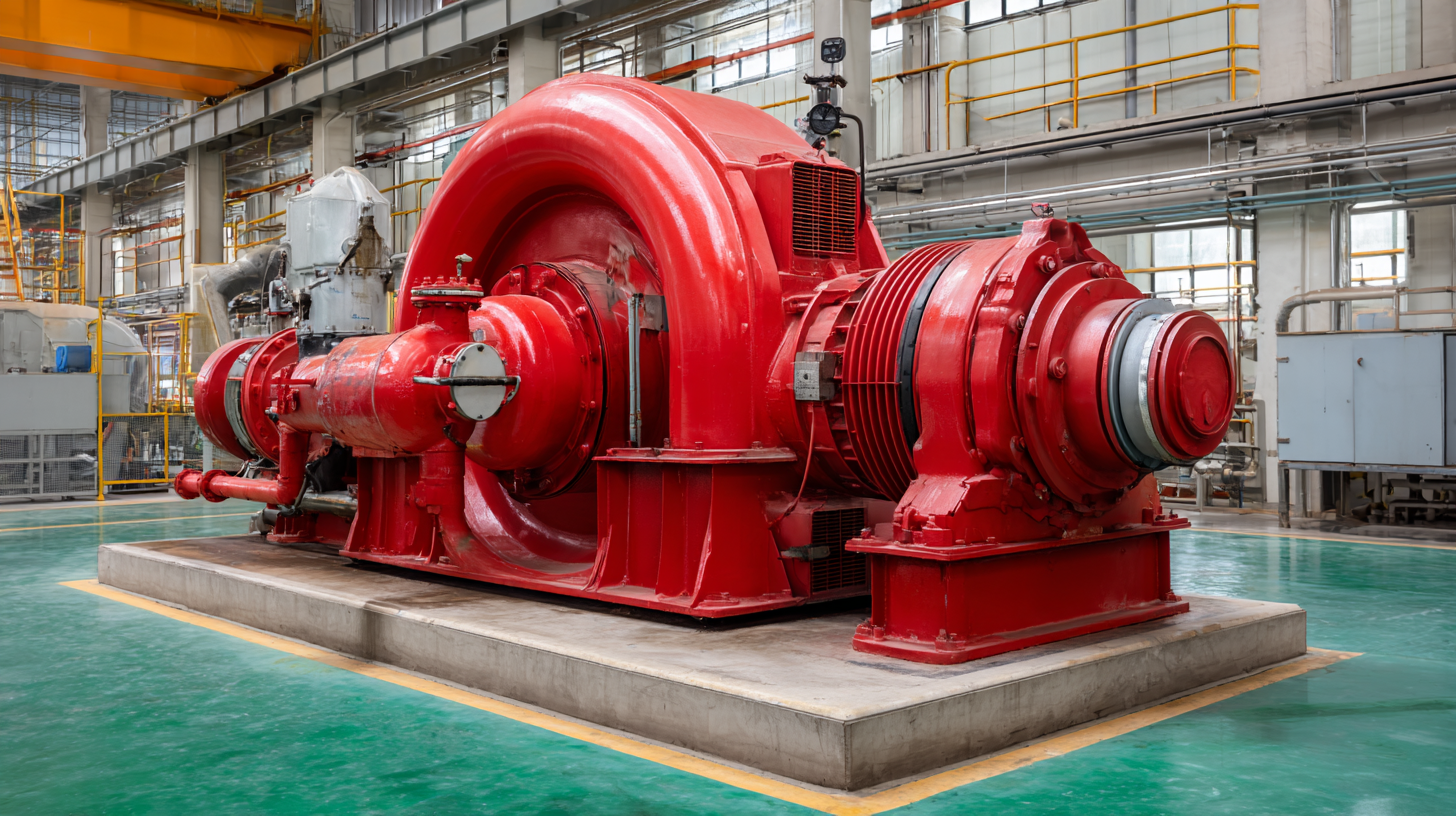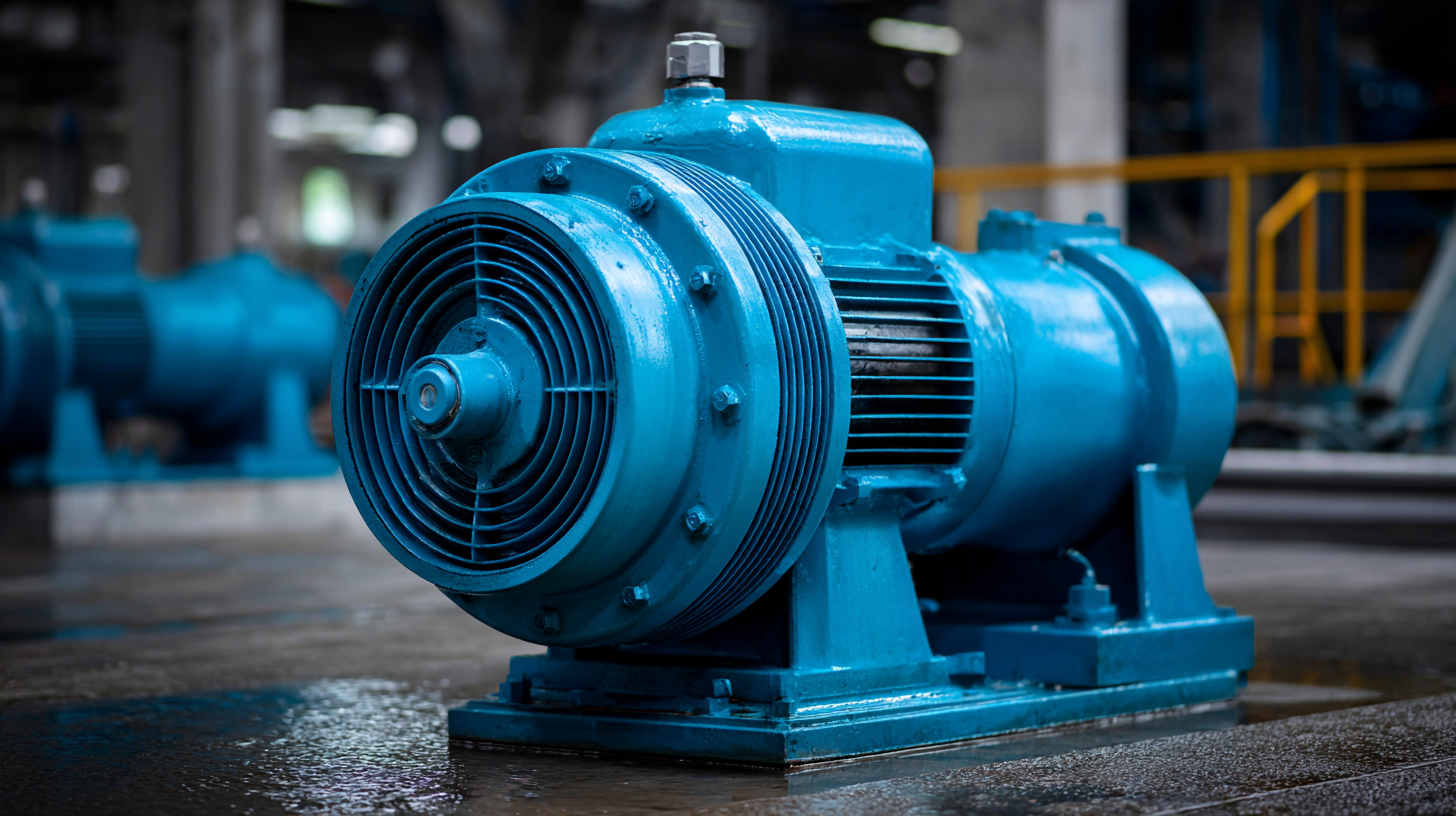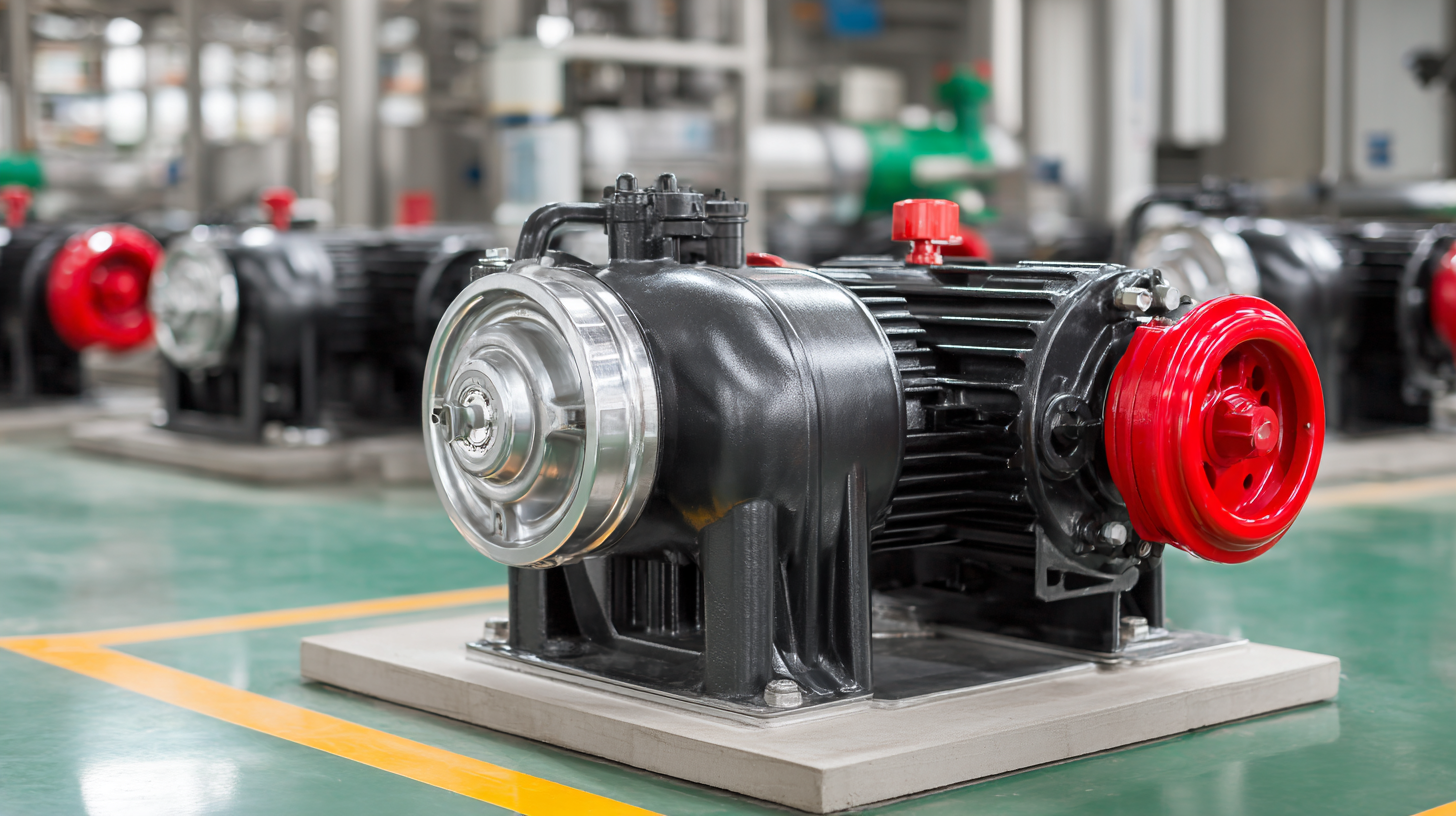 Selecting the right centrifugal pump is crucial for optimizing performance in various industrial applications, from water treatment to chemical processing. With a vast array of models and specifications available on the market, making an informed decision can be overwhelming.
This guide aims to simplify the selection process by focusing on key industry specifications and relevant performance data that directly influence the efficiency and effectiveness of centrifugal pumps.
By understanding the fundamental criteria—such as flow rate, head pressure, and energy consumption—users can align their operational needs with the appropriate pump design.
Whether you are a seasoned engineer or a newcomer to the field, this comprehensive overview will provide the essential insights needed to navigate the complexities of centrifugal pump selection, ensuring that your choice meets both technical requirements and budget considerations.
Selecting the right centrifugal pump is crucial for optimizing performance in various industrial applications, from water treatment to chemical processing. With a vast array of models and specifications available on the market, making an informed decision can be overwhelming.
This guide aims to simplify the selection process by focusing on key industry specifications and relevant performance data that directly influence the efficiency and effectiveness of centrifugal pumps.
By understanding the fundamental criteria—such as flow rate, head pressure, and energy consumption—users can align their operational needs with the appropriate pump design.
Whether you are a seasoned engineer or a newcomer to the field, this comprehensive overview will provide the essential insights needed to navigate the complexities of centrifugal pump selection, ensuring that your choice meets both technical requirements and budget considerations.
When selecting the right centrifugal pump for various industries, several critical factors must be considered to ensure optimal performance and reliability. The fluid properties, such as viscosity and specific gravity, play a crucial role. For instance, a report by the Hydraulic Institute indicates that pumps handling fluids with high viscosity can experience a drop in efficiency of up to 30% if not properly chosen. Additionally, the temperature and chemical compatibility of the fluid can significantly affect the material selection for the pump, impacting both longevity and safety.
Another essential aspect is the operating environment. Different industries have specific requirements; for example, the wastewater treatment sector often requires pumps that can handle abrasive particles without suffering damage. According to a study by the American Society of Civil Engineers, over 60% of pump failures in wastewater applications are attributed to inadequate material selection. Moreover, the pump's performance data, such as flow rate and head requirements, should align with the system specifications to prevent issues like cavitation, which can lead to performance degradation and increased maintenance costs. Properly addressing these factors can ensure a pump operates efficiently in its intended application, ultimately enhancing productivity and reducing downtime.
When selecting a centrifugal pump, understanding the key performance data metrics is crucial for ensuring optimal operation within your specific application. One of the primary metrics to consider is the pump's flow rate, typically measured in gallons per minute (GPM) or liters per second (L/s). This measurement indicates how much fluid the pump can move and should align with the requirements of your system's design to prevent underperformance or overload.
Another essential metric is the total dynamic head (TDH), which reflects the energy required to move the fluid against gravity and friction losses within the system. Evaluating TDH helps in determining the necessary pump size and power to achieve efficient operation. Additionally, efficiency ratings, often expressed as a percentage, provide insight into how much energy is converted into fluid movement versus how much is lost as heat. A higher efficiency means lower operating costs and extended equipment lifespan, making it a critical factor in pump selection.
Lastly, it's important to consider the NPSH (Net Positive Suction Head) required versus available, as this impacts the pump's ability to operate without cavitation. Understanding these performance metrics will empower operators to make informed decisions, ensuring compatibility with their operational needs and maximizing reliability.
| Metric | Description | Typical Value |
|---|---|---|
| Flow Rate | Volume of fluid that can be moved per unit time. | 1000 - 5000 liters/min |
| Head | Vertical distance the pump can lift the fluid. | 10 - 100 meters |
| Efficiency | Ratio of useful work performed by the pump to the energy consumed. | 70% - 90% |
| NPSH Required | Minimum required net positive suction head to avoid cavitation. | 2 - 5 meters |
| Material of Construction | Material used for the pump body and impeller to withstand fluid properties. | Stainless Steel, Cast Iron, Bronze |
| Impeller Type | Design of the impeller affecting performance and application suitability. | Closed, Open, Semi-Open |
When selecting a centrifugal pump, understanding industry-specific standards is crucial to ensure optimal performance and reliability. Different industries, such as chemical processing, water treatment, and pharmaceuticals, each have unique operational conditions and regulatory requirements that must be considered. For example, the American National Standards Institute (ANSI) sets guidelines for pump dimensions, performance, and testing that are widely recognized in the industrial sector. Adhering to these standards ensures that the selected pump can seamlessly integrate into existing systems while meeting safety and efficiency requirements.
In addition to ANSI standards, it's important to consider industry-specific certifications such as ISO 9001 for quality management systems and API standards for oil and gas applications. These certifications indicate that a pump manufacturer meets rigorous industry criteria, ensuring that their products are tested and proven to perform under specific conditions. By prioritizing these standards, professionals can confidently choose a centrifugal pump that not only meets the operational demands of their specific application but also guarantees compliance with necessary regulations, ultimately enhancing system performance and longevity.

Selecting the right centrifugal pump is crucial for optimizing performance across various applications. When conducting a comparative analysis of efficient pump designs, two key metrics come to the forefront: flow rate and head. A pump's flow rate indicates how much fluid it can move in a given time, while the head refers to the height the fluid is lifted. Understanding these parameters helps in identifying a pump that not only meets but exceeds operational requirements.
Tips: When evaluating flow rate, consider both the peak and continuous flow needs of your system. It's essential to choose a pump that can efficiently handle expected variances in demand. Additionally, the head measurement should reflect your application's specific vertical lift requirements, ensuring that the selected pump maintains optimal performance.
Another important aspect to consider is the system's overall energy efficiency. High-efficiency pumps can significantly lower operational costs over time. When analyzing performance data, pay attention to the pump's operating curve, which outlines how the pump performs at different flow rates and heads. This information is critical for selecting a pump that operates in an optimal range, reducing both energy consumption and wear over time.
When selecting a centrifugal pump, one of the most common pitfalls is oversizing. Many individuals misjudge the system requirements and opt for a pump that exceeds what is necessary. This can lead to inefficiencies such as increased operational costs, excessive wear and tear, and ultimately reduced reliability of the pumping system. Careful analysis of the specific flow and pressure needs is essential to ensure that the right pump is chosen, which optimizes performance and extends the equipment's lifespan.
Another frequent mistake is neglecting to consider the lubrication of bearings. Understanding that pumps are often shipped without oil in the bearing housings is crucial. Proper maintenance and timely lubrication post-installation can prevent premature failure and enhance operational efficiency. Additionally, factors like system design and installation must be reviewed thoroughly to identify potential issues that could affect the pump's performance. By addressing these common pitfalls, operators can improve the reliability of their pumping systems and meet their operational goals more effectively.







